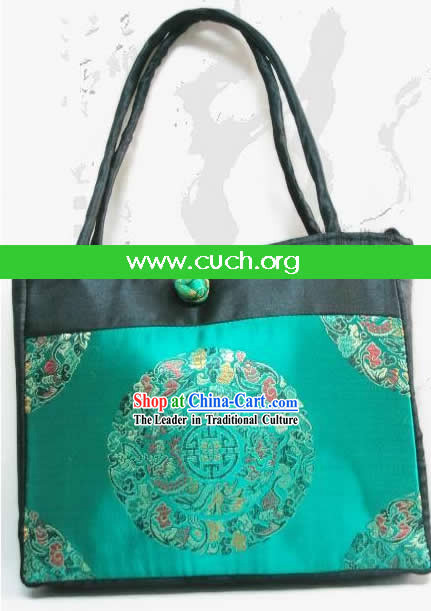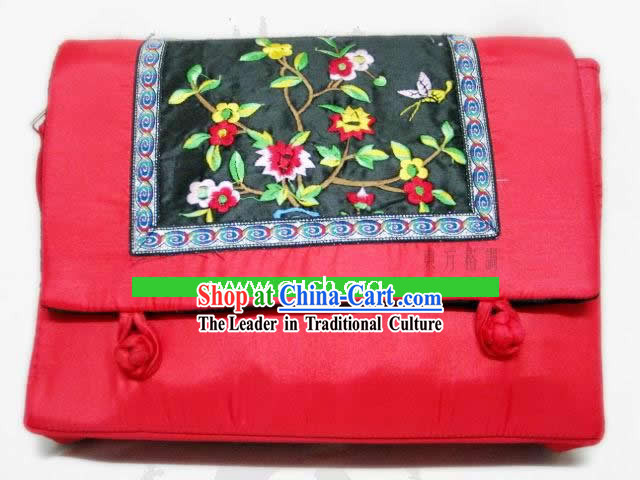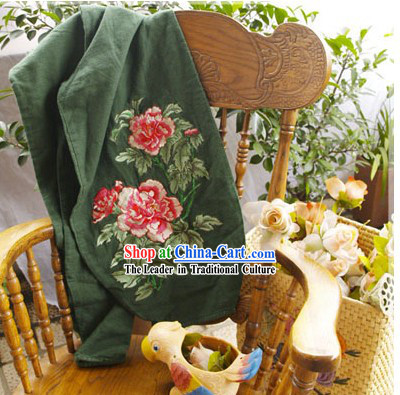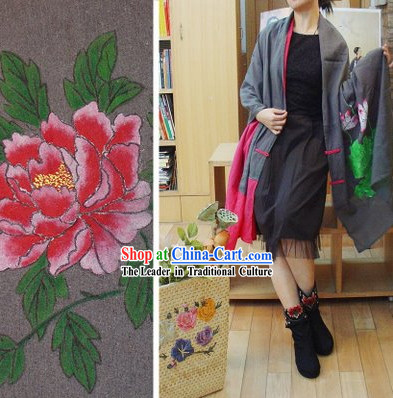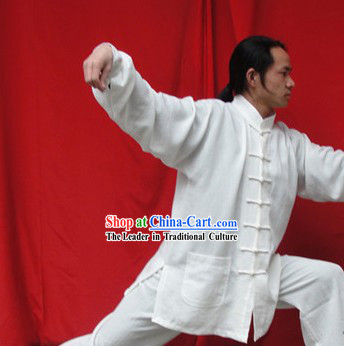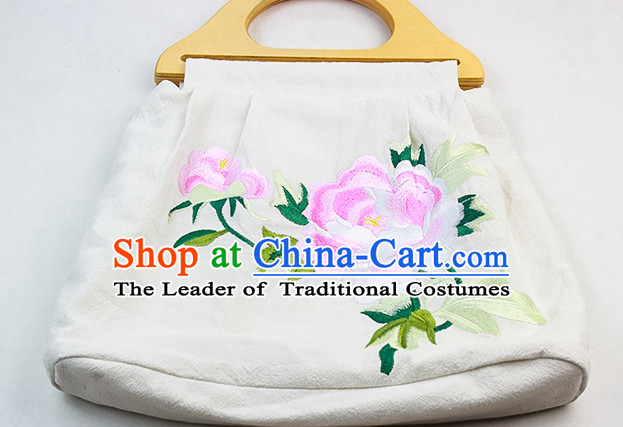
Click Related Pictures for More Audios:
This artwork is a Chinese classical gunnysack, which has rich cultural connotations and historical significance.
Gunnysacks are typically used for storing items such as grain, vegetables, or clothing.
In traditional Chinese culture, gunnysacks are seen as a practical and durable material because they can withstand the test of time and environment.
Additionally, gunnysacks symbolize the spirit of diligence and thriftiness because they are handmade and require a lot of time and effort.
The design of gunnysacks is usually simple and elegant, without excessive decoration.
Their colors are usually natural, such as brown, black, or gray, which are associated with nature.
The patterns on gunnysacks are usually simple geometric shapes or floral patterns, which represent auspicious symbols and meanings in traditional Chinese culture.
For example, the lotus is generally considered a symbol of purity and nobility, while the dragon represents power and majesty.
The history of gunnysacks can be traced back to ancient China, first appearing during the Shang Dynasty (1600 BC-1046 BC).
In subsequent historical periods, gunnysacks gradually became an indispensable part of people's daily lives.
They were widely used in agriculture, handicrafts, and trade.
Over time, the design and production technology of gunnysacks have continuously developed and improved, forming various styles and types.
In conclusion, this Chinese classical gunnysack is not only a practical item but also carries rich cultural connotations and historical significance.
Its design is simple and elegant, its color is natural and plain, and its pattern is simple yet symbolic.
By appreciating and studying this artwork, we can better understand the essence and values of traditional Chinese culture.






